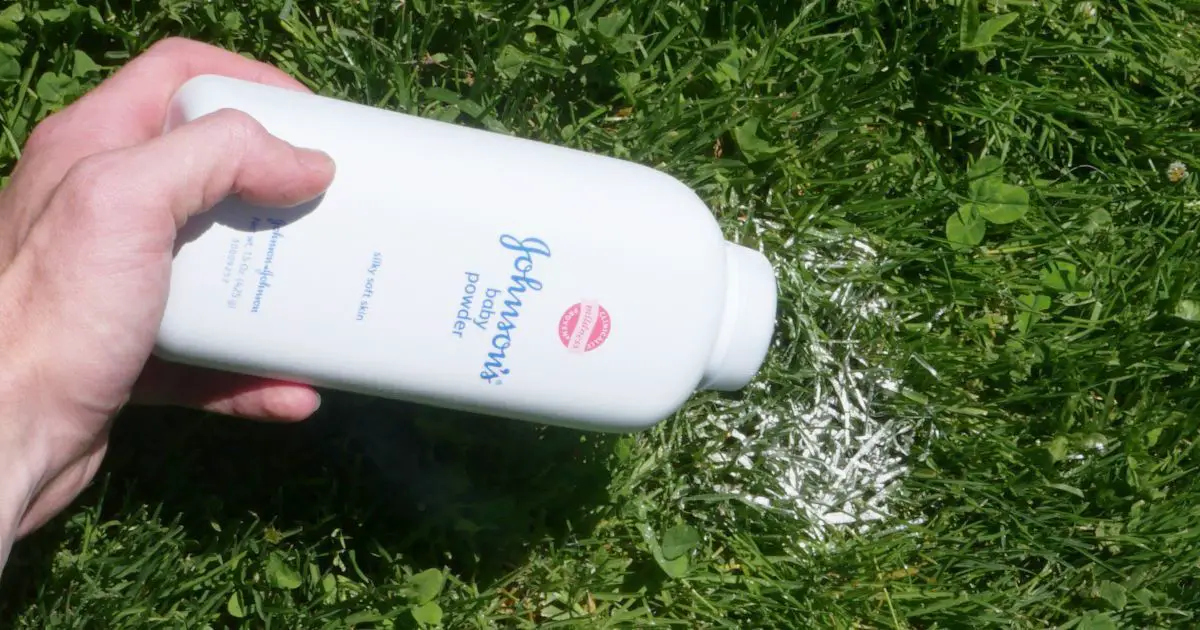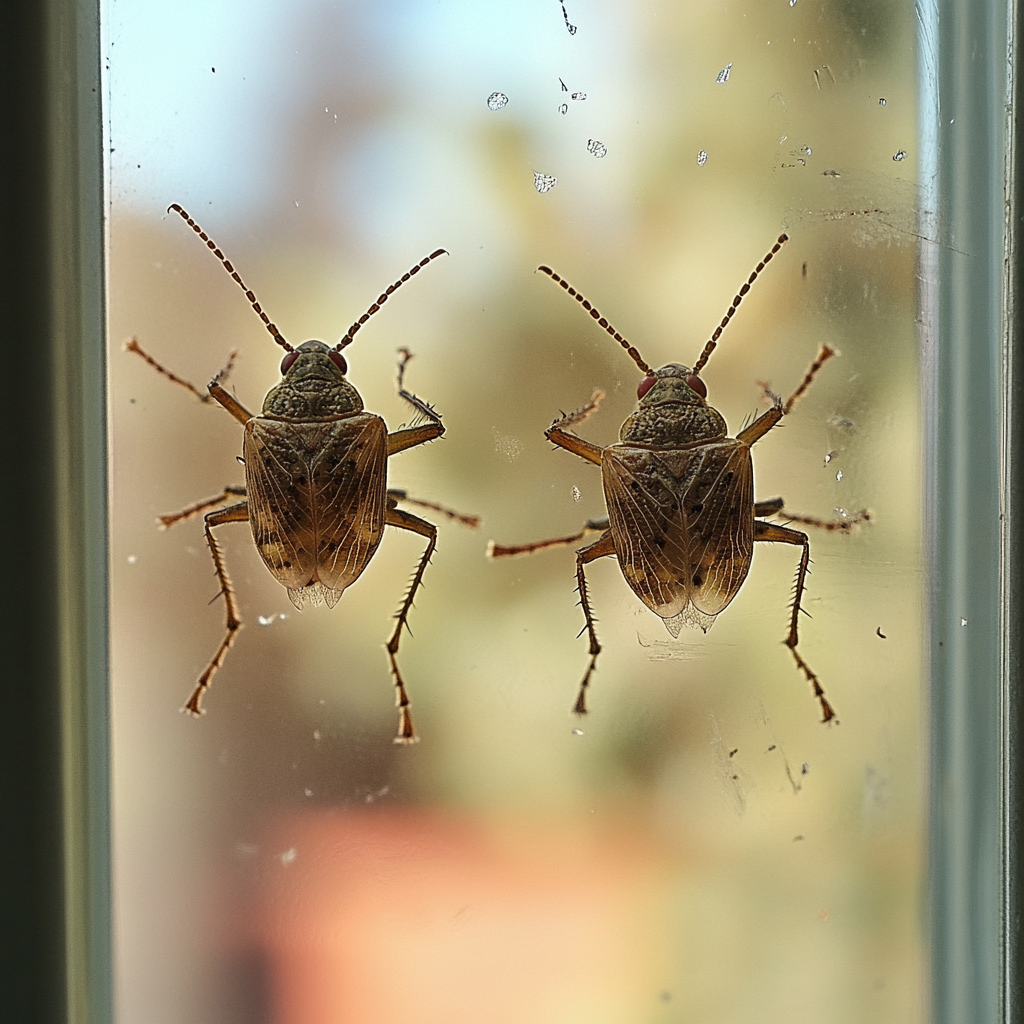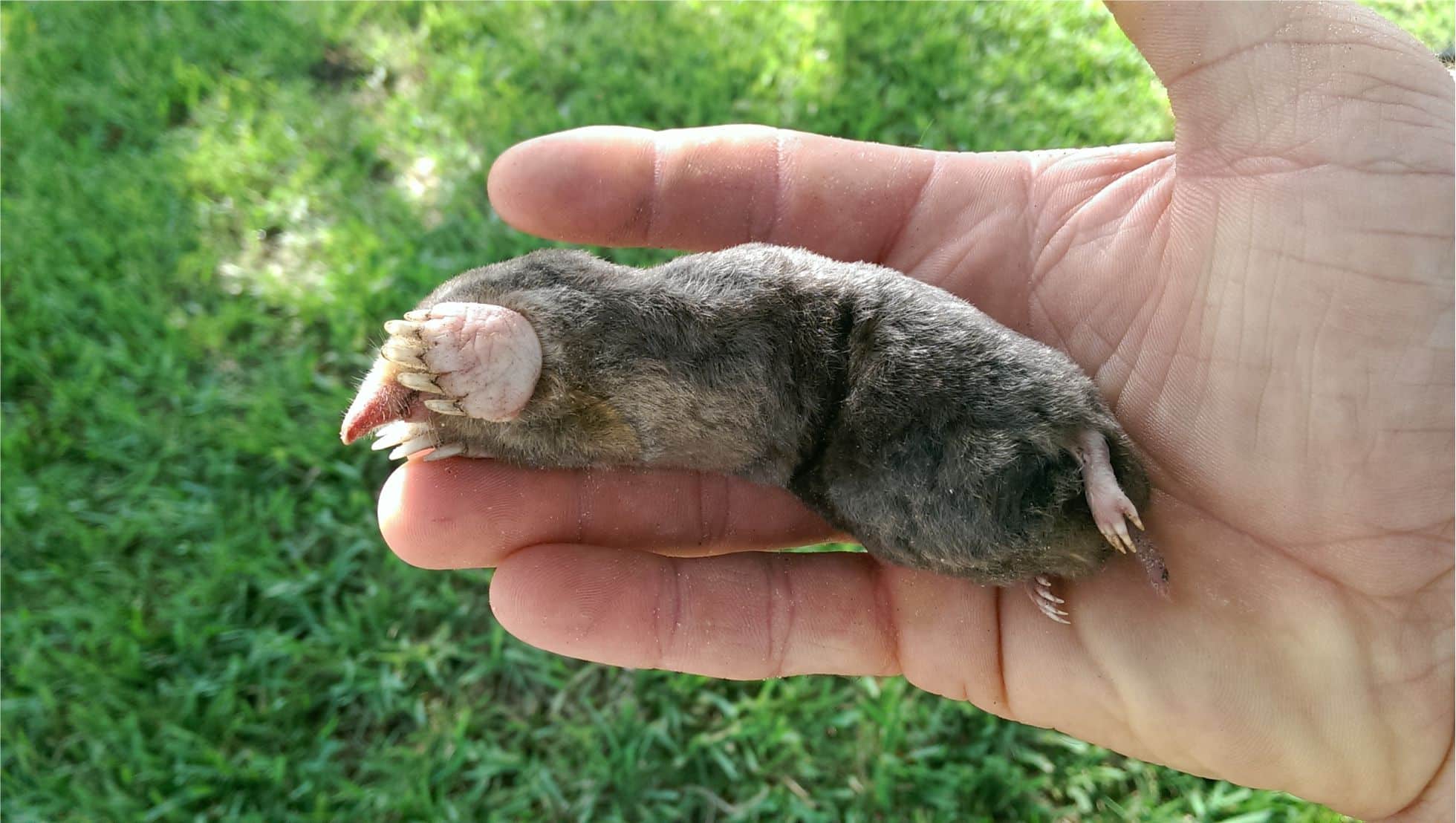Daisies are known for their bright yellow centers and white petals. They have long green stems, making them a classic flower.
These plants are easy to care for but need the right amount of water and sunlight. They also need a good care routine to keep them blooming all season.
Daisies belong to the Asteraceae family, which has over 20,000 species. They are famous for their composite heads, which have both ray and disc flowers. The Leucanthemum genus includes 40 daisy species, like ox-eye, English, and shasta daisies.
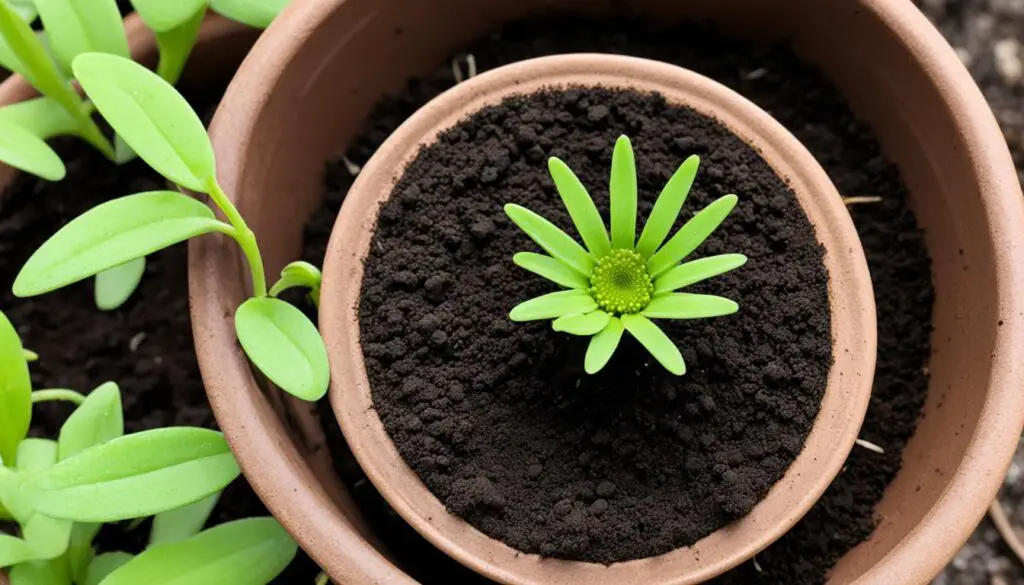
Key Takeaways
- Daisies are low-maintenance, sun-loving flowers that bloom from spring to late summer.
- The Leucanthemum genus includes over 40 daisy species, such as ox-eye, English, and shasta daisies.
- Daisies require 1-2 inches of water per week and benefit from monthly fertilization.
- Dividing daisy plants every 2-3 years helps maintain their vigor and blooming.
- Daisies thrive in neutral to slightly acidic soil with a pH range of 6.0-8.0.
Daisy Varieties and Growing Conditions
The daisy family is huge, with over 20,000 species found all over the world. They come in many colors, from classic white with a yellow center to bright gerber daisies. These flowers add beauty and diversity to any garden.
Types of Daisies
The most famous daisy has a yellow center and white petals. But there are many more types. Nippon daisies, or Montauk daisies, look similar but bloom later, into fall and even after the first frost.
Shasta daisies are perennials that do well in USDA Zones 5-9. Gloriosa daisies are native to North America and attract bees. Chrysanthemums, often grown as annuals, are also daisies.
Soil Requirements and Sun Exposure
Daisies love rich, well-draining soil with a pH of 6.0-8.0. They need at least 6 hours of sunlight a day to bloom well. While some can grow in shade, they don’t bloom as much without enough sun.
Having the right soil and sunlight is key for daisies. With these conditions, they can brighten up any garden or flower bed.
Planting and Propagating Daisies
Daisies can be grown from seed, divided, or bought as plants. You can start them from scratch or move them to a new spot. Here are some tips for planting and spreading daisies successfully.
When to Plant Daisies
The best time to plant daisies varies by type. Annual daisies like Gerbera daisies go in the garden after the last spring frost.
Perennial daisies, such as Shasta daisies, do well in spring or fall. This ensures they grow and bloom the next year.
Sowing Seeds and Transplanting
- For daisies from seed, plant them 1/8 inch deep. They should sprout in 10-20 days.
- Perennial daisies like Shasta daisies bloom the next year after planting. They need a full season to grow.
- When moving daisy plants, dig a hole twice as wide as the pot. Plant them so the root top is even with the soil.
Getting planting and propagation right is crucial for growing strong, lasting daisies. Follow these tips to enjoy a garden full of these lovely flowers.
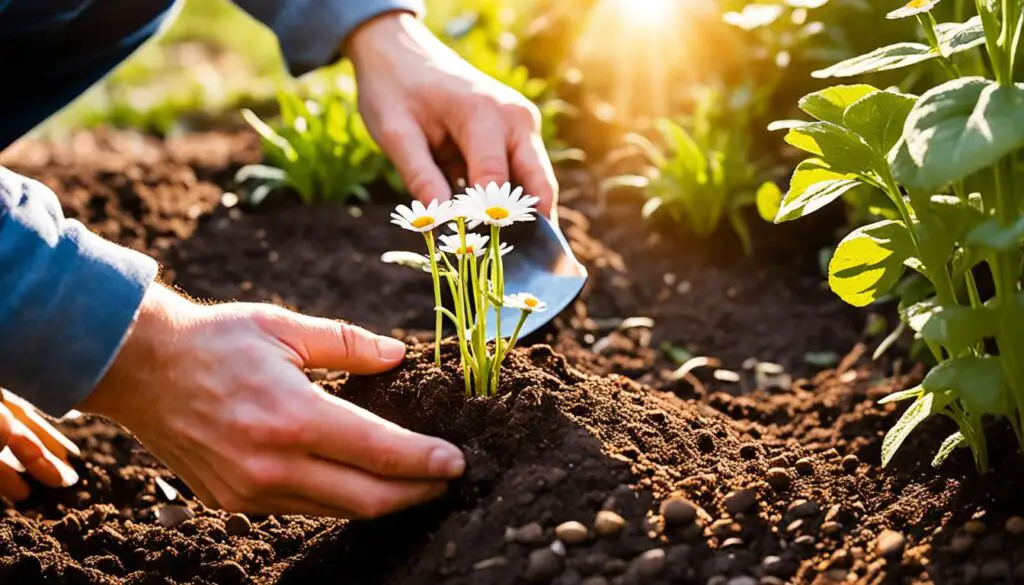
Grow A Daisy and Care
Daisies are a beloved perennial flower that brighten any garden. They’re perfect for both experienced and new gardeners. Proper Daisy Care is key for these flowers to flourish. We’ll cover watering, fertilizing, pruning, and dividing to keep your daisies healthy.
Watering and Fertilizing
Consistent watering is crucial for Daisy Watering. Daisies need about 1-2 inches of water per week in the growing season.
In winter, they need water every other week. Don’t overwater, as it can cause wilting or yellowing leaves.
For strong growth, use an all-purpose Daisy Fertilizing organic fertilizer at the start of the season.
Pruning and Dividing
Daisy Pruning is gentle but important. Remove dead flowers to encourage more blooms. Strong daisies can stay in the garden through winter for interest. Weaker ones should be cut back in the fall.
Divide your daisies every 2-3 years to keep them blooming well. Signs you need to divide include less growth, fewer flowers, and dead sections in the plant’s center.
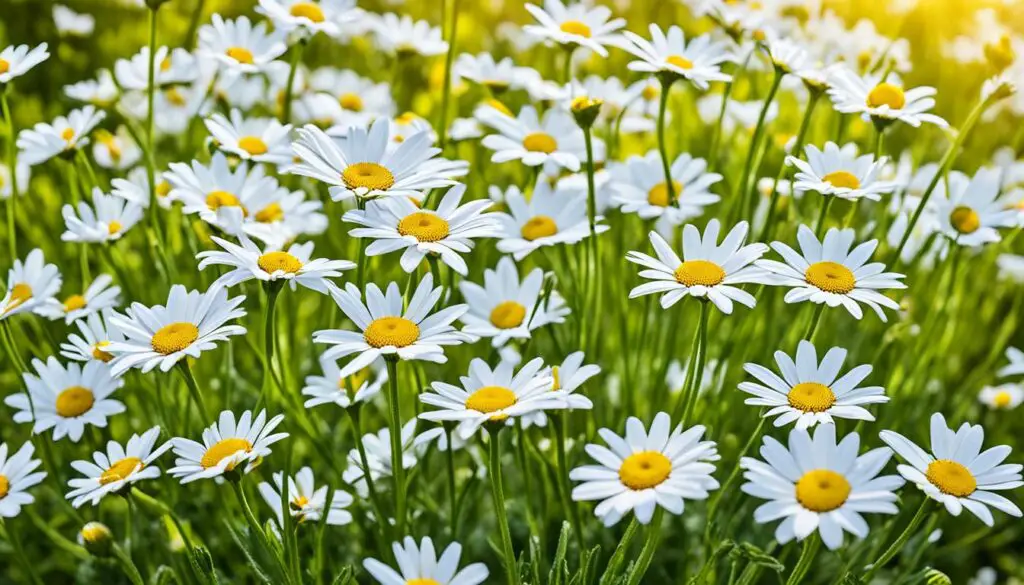
Follow these Perennial Plant Care tips for a beautiful Flower Gardening and Organic Gardening display. With a bit of care, your daisies will bloom beautifully for years. They’ll make your garden look stunning and help with Flower Propagation.
Addressing Common Pests and Diseases
As a passionate gardener, I’ve learned that keeping my daisies healthy is key. Daisies are usually easy to care for and don’t get sick often.
But sometimes, pests like aphids, slugs, and earwigs can be a problem. To fight these pests, I use plants that help each other and organic ways to control pests.
Leaf spots and powdery mildew are common issues I face with my daisies. These can be caused by fungi like Alternaria or Septoria.
To prevent this, I make sure the soil drains well, water my plants right, and keep air moving around them. If a plant gets sick, I use special fungicides to stop the problem early.
By watching my garden closely and acting fast, I keep my daisies healthy and pest-free. With some knowledge of organic pest control and a sharp eye, you can do the same. Your daisies will grow well and make your garden beautiful.
FAQ
What are the different types of daisies?
Daisies come in many colors and types. You can find everything from classic white with a yellow center to bright gerber daisies. There are also painted daisies and marguerite daisies. The classic daisy has a yellow center with white petals around it. But, there are many other types with different colors.
What kind of soil and sun exposure do daisies need?
Daisies love rich, fast-draining soil and lots of sunshine. They do well in soil with a pH of 6.0-8.0. These plants need at least six hours of sun a day to bloom well. Some types might bloom in shade, but they won’t be as bright.
When is the best time to plant daisies?
You can grow daisies from seeds, divide roots, or buy them from a nursery. If you’re starting from seeds, you can plant them directly in the garden or indoors in containers. For plants you buy, put them in the ground in spring or early fall, making sure the root top is level with the soil.
How should I care for my daisies?
Daisies need regular watering, especially when it’s dry. Give them about 1-2 inches of water each week when they’re growing. In winter, water them every other week. Too much water can make them wilt or turn their leaves yellow. Use an organic fertilizer in the early season to help them grow strong.
How do I maintain and propagate daisies?
Daisies don’t need a lot of pruning, but cutting off dead flowers will help them bloom more. Strong daisies can stay in the garden all winter for some color. But, weak ones should be cut back in the fall. Divide them every 2-3 years, in early spring or late summer/early fall, to keep them looking their best.
How can I prevent pests and diseases on my daisies?
Daisies are usually easy to care for and don’t get many diseases. But, they might get pests like aphids, slugs, and earwigs. To fight these, plant other flowers with them and keep your plants healthy with good watering, feeding, and air around them. If they get fungal spots or powdery mildew, you can use fungicides to treat them.

